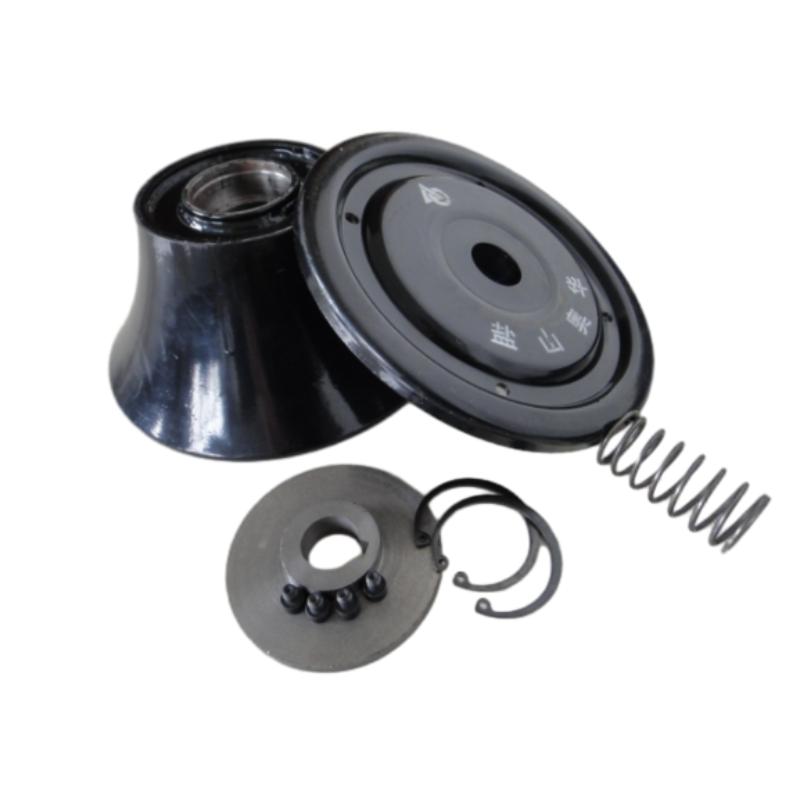 Afrikaans
Afrikaans  Albanian
Albanian  Amharic
Amharic  Arabic
Arabic  Armenian
Armenian  Azerbaijani
Azerbaijani  Basque
Basque  Belarusian
Belarusian  Bengali
Bengali  Bosnian
Bosnian  Bulgarian
Bulgarian  Catalan
Catalan  Cebuano
Cebuano  Corsican
Corsican  Croatian
Croatian  Czech
Czech  Danish
Danish  Dutch
Dutch  English
English  Esperanto
Esperanto  Estonian
Estonian  Finnish
Finnish  French
French  Frisian
Frisian  Galician
Galician  Georgian
Georgian  German
German  Greek
Greek  Gujarati
Gujarati  Haitian Creole
Haitian Creole  hausa
hausa  hawaiian
hawaiian  Hebrew
Hebrew  Hindi
Hindi  Miao
Miao  Hungarian
Hungarian  Icelandic
Icelandic  igbo
igbo  Indonesian
Indonesian  irish
irish  Italian
Italian  Japanese
Japanese  Javanese
Javanese  Kannada
Kannada  kazakh
kazakh  Khmer
Khmer  Rwandese
Rwandese  Korean
Korean  Kurdish
Kurdish  Kyrgyz
Kyrgyz  Lao
Lao  Latin
Latin  Latvian
Latvian  Lithuanian
Lithuanian  Luxembourgish
Luxembourgish  Macedonian
Macedonian  Malgashi
Malgashi  Malay
Malay  Malayalam
Malayalam  Maltese
Maltese  Maori
Maori  Marathi
Marathi  Mongolian
Mongolian  Myanmar
Myanmar  Nepali
Nepali  Norwegian
Norwegian  Norwegian
Norwegian  Occitan
Occitan  Pashto
Pashto  Persian
Persian  Polish
Polish  Portuguese
Portuguese  Punjabi
Punjabi  Romanian
Romanian  Russian
Russian  Samoan
Samoan  Scottish Gaelic
Scottish Gaelic  Serbian
Serbian  Sesotho
Sesotho  Shona
Shona  Sindhi
Sindhi  Sinhala
Sinhala  Slovak
Slovak  Slovenian
Slovenian  Somali
Somali  Spanish
Spanish  Sundanese
Sundanese  Swahili
Swahili  Swedish
Swedish  Tagalog
Tagalog  Tajik
Tajik  Tamil
Tamil  Tatar
Tatar  Telugu
Telugu  Thai
Thai  Turkish
Turkish  Turkmen
Turkmen  Ukrainian
Ukrainian  Urdu
Urdu  Uighur
Uighur  Uzbek
Uzbek  Vietnamese
Vietnamese  Welsh
Welsh  Bantu
Bantu  Yiddish
Yiddish  Yoruba
Yoruba  Zulu
Zulu Understanding the Functions and Importance of Belt Conveyor Idlers in Material Handling Systems
Understanding Belt Conveyor Idlers
Belt conveyor idlers play a crucial role in the operation and efficiency of belt conveyor systems, which are widely used in various industries for the transportation of materials. These systems are essential for the movement of bulk goods, ranging from heavy minerals to delicate packages, and idlers are integral components that support the conveyor belt, facilitating smooth and efficient transport.
What are Belt Conveyor Idlers?
Idlers are non-powered rollers that support the conveyor belt, holding it in place and ensuring proper tension and alignment during operation. Depending on their design and function, idlers can be classified into several types, including carrying idlers, return idlers, and impact idlers. Each type serves a distinct purpose in the belt conveyor system.
- Carrying Idlers These are the most common type and are installed along the length of the conveyor to support the loaded belt. They help maintain the belt's shape and keep it aligned with the conveyor structure, reducing wear and prolonging the life of the belt.
- Return Idlers Located on the return side of the conveyor system, these idlers support the belt as it travels back to the loading point. Their primary role is to keep the belt aligned and to prevent sagging, which could lead to increased friction and wear.
- Impact Idlers These are strategically placed at loading points where material is introduced onto the belt. They help absorb the impact of heavy loads, thereby protecting the belt and other components from damage.
Importance of Idlers in Conveyor Systems
belt conveyor idler

The efficiency of a belt conveyor largely depends on the design and condition of its idlers. Properly functioning idlers reduce the wear and tear on the conveyor belt and other components, minimizing downtime and maintenance costs. Additionally, they help maintain proper belt tension, which is essential for efficient material transport.
Another critical aspect of idlers is their contribution to energy efficiency. Well-aligned and well-maintained idlers reduce the frictional resistance on the belt, leading to lower energy consumption. This is particularly vital in large conveyor systems that operate around the clock, as even a small reduction in energy costs can translate into significant savings over time.
Material and Design Considerations
Idlers are typically constructed from robust materials such as steel or heavy-duty plastic to withstand the rigors of industrial environments. The design of idlers may vary based on the application—heavy-duty idlers may be needed for mining operations, while lighter models may suffice for warehouse settings.
Additionally, the spacing and arrangement of idlers along the conveyor are vital for achieving optimal performance. Correct spacing can prevent belt sagging and reduce the risk of spillage and contamination of materials being transported.
Maintenance and Inspection
Regular maintenance of conveyor idlers is essential to ensure their longevity and functionality. This includes routine inspections to check for wear and tear, misalignment, or any foreign objects that could hinder their operation. Promptly addressing minor issues can prevent costly failures and extend the life of the entire conveyor system.
In summary, belt conveyor idlers are indispensable components that significantly impact the efficiency and functionality of conveyor systems. Understanding their types, roles, and maintenance requirements can lead to improved performance and reduced operational costs in various industrial applications. As industries continue to evolve and demand more efficient material handling solutions, the importance of high-quality idlers will only continue to grow.
-
Revolutionizing Conveyor Reliability with Advanced Rubber Lagging PulleysNewsJul.22,2025
-
Powering Precision and Durability with Expert Manufacturers of Conveyor ComponentsNewsJul.22,2025
-
Optimizing Conveyor Systems with Advanced Conveyor AccessoriesNewsJul.22,2025
-
Maximize Conveyor Efficiency with Quality Conveyor Idler PulleysNewsJul.22,2025
-
Future-Proof Your Conveyor System with High-Performance Polyurethane RollerNewsJul.22,2025
-
Driving Efficiency Forward with Quality Idlers and RollersNewsJul.22,2025





























